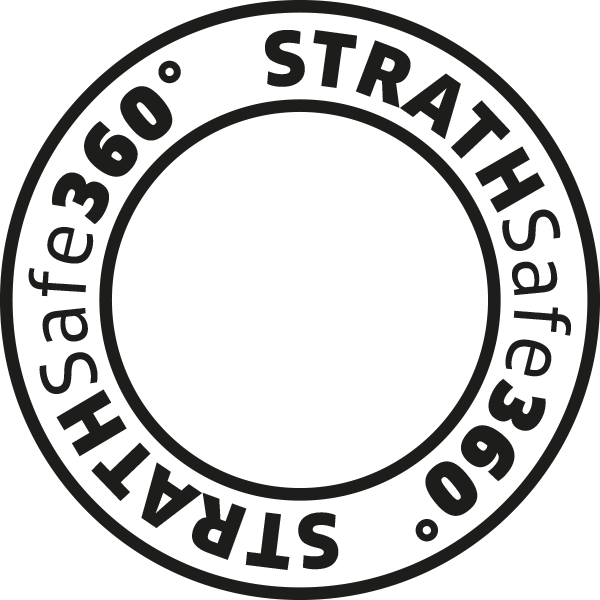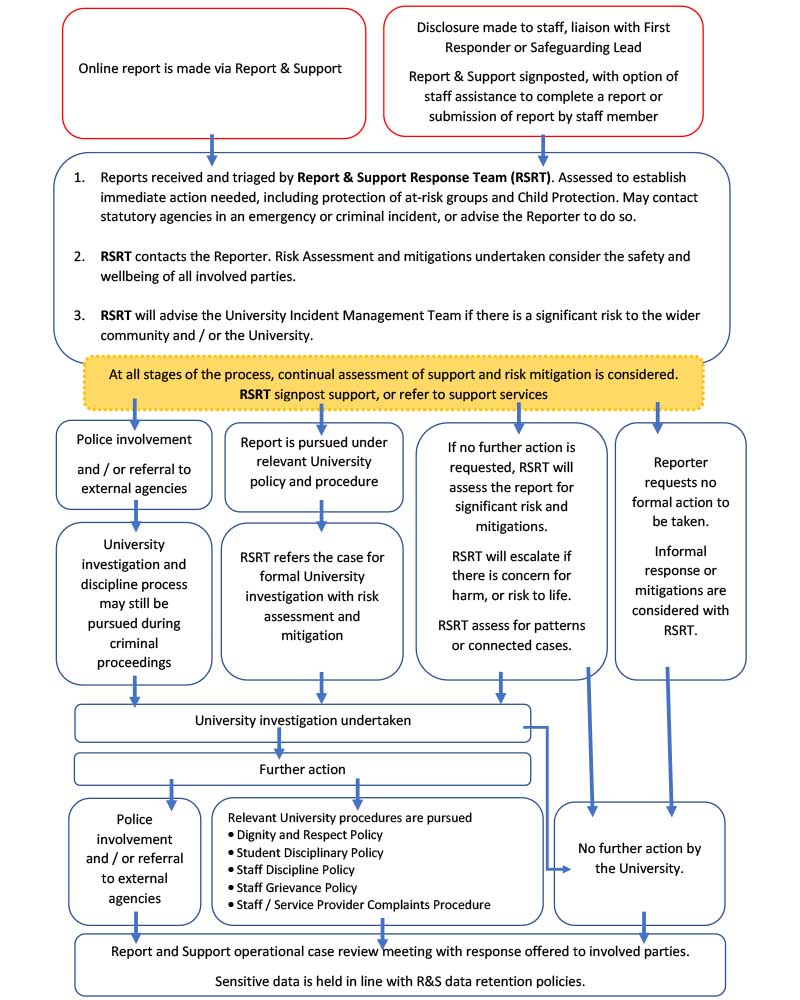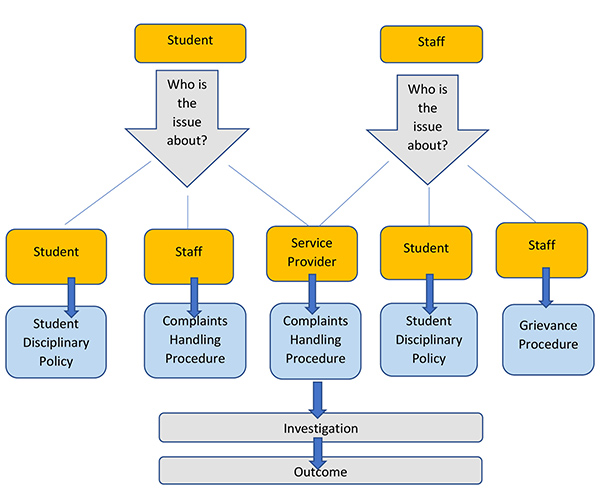4.1 How to report a safeguarding concern
This section gives guidance on what to do if you have a concern a person is at risk. It may be:
- a disclosure of harm
- an allegation of abuse
- you have a concern that a person is at risk, see or suspect abuse (no disclosure)
We use the term Reporter to describe a person who reports an incident, a disclosure or a concern.
We use the term Reported to describe a person who is accused of causing harm or is considered a cause for concern. Where a person at risk discloses or discusses potential abuse or harm, the staff member or volunteer should be able to:


